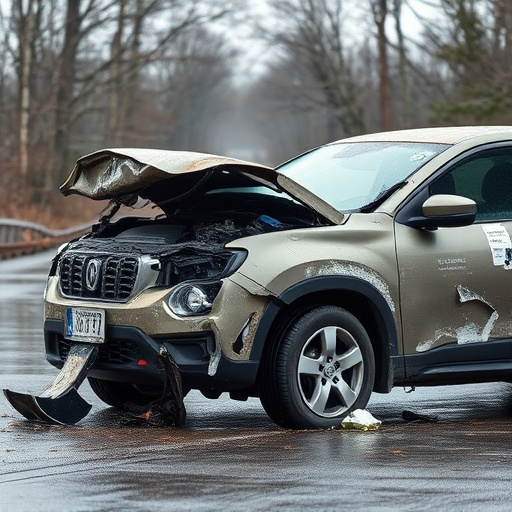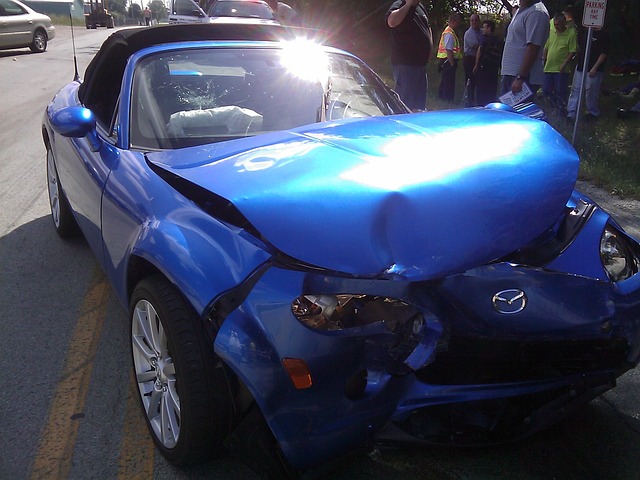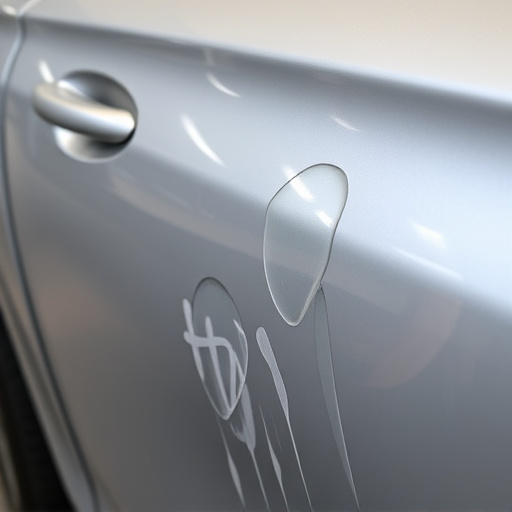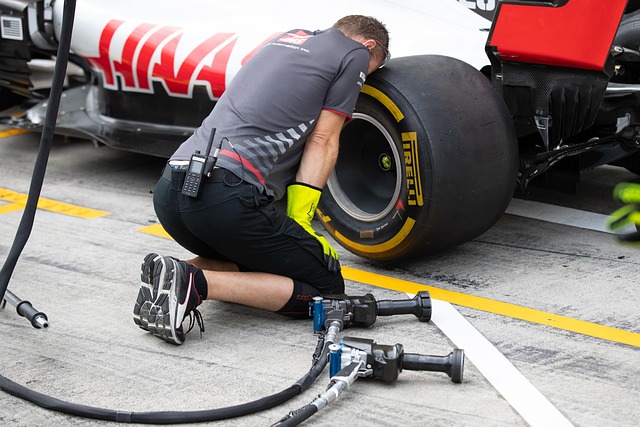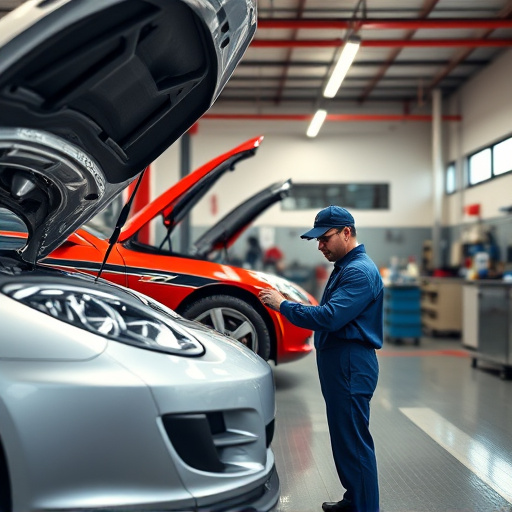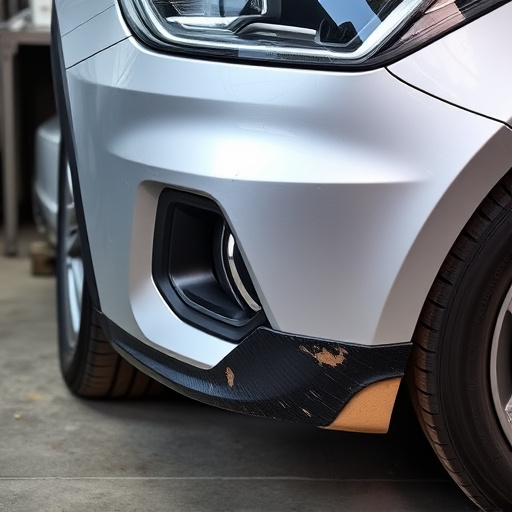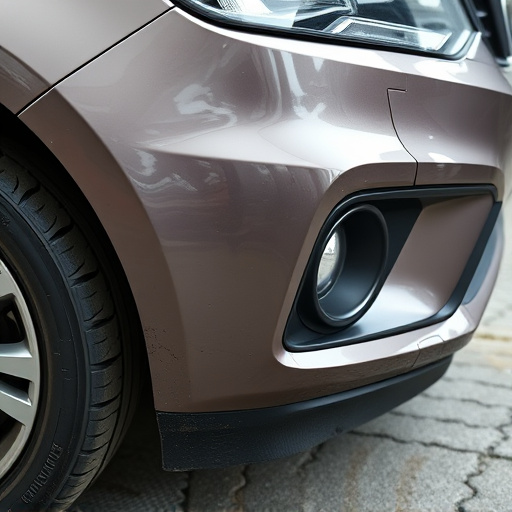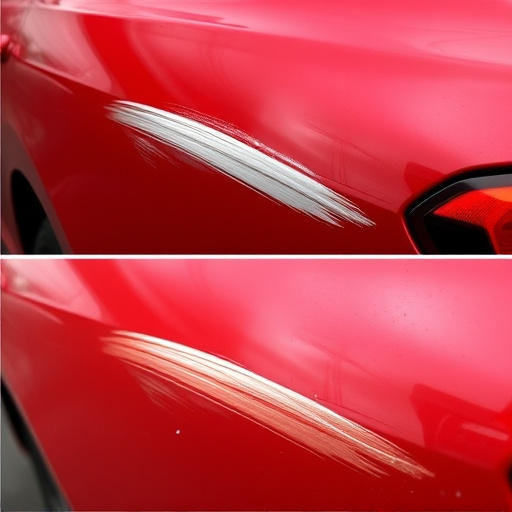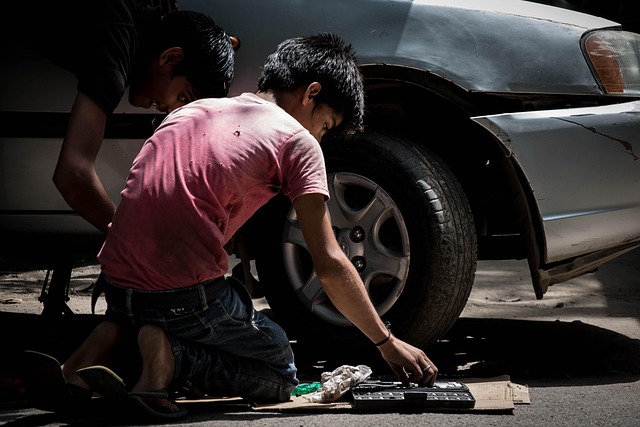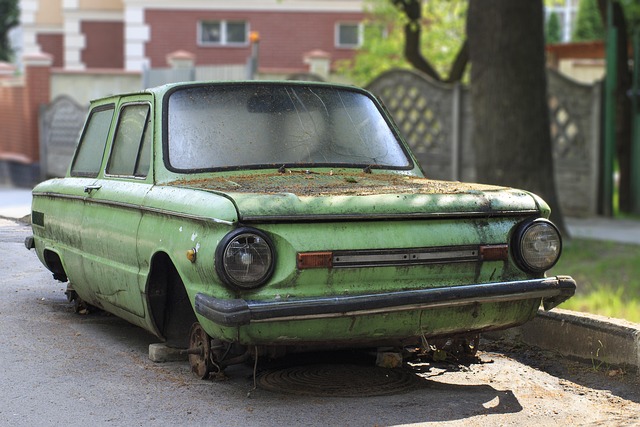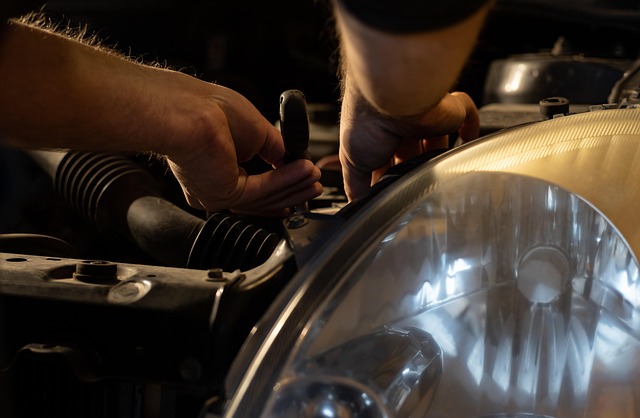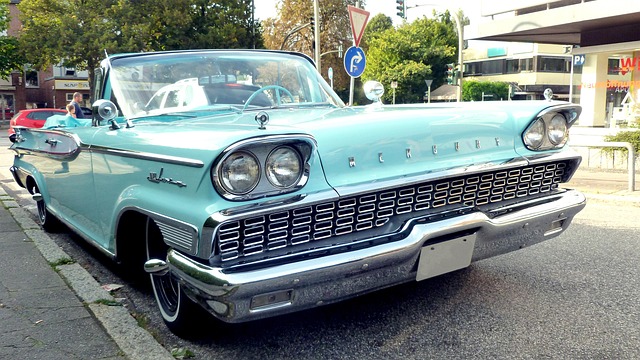The Tesla adaptive suspension, while offering a smooth ride, can develop issues over time due to everyday driving or improper maintenance. Early warning signs like unusual noises, uneven tire wear, and changes in handling indicate potential problems. Regular checks and prompt attention to these symptoms prevent costly repairs. Timely detection allows for simple adjustments, and adhering to service schedules extends the lifespan of the advanced suspension system. Services like paintless dent repair enhance performance and aesthetics, ensuring a smooth ride and maximizing the benefits of Tesla's innovative technology.
“Uncover common signs of Tesla adaptive suspension repair issues in this comprehensive guide. Learn to recognize warning symptoms, understand underlying causes, and explore potential solutions. From unexpected jolts and irregular tire wear to handling abnormalities, these indicators signal a need for maintenance. Our article equips you with knowledge to ensure your Tesla’s suspension system functions optimally, enhancing safety and performance. Stay informed about Tesla adaptive suspension repair for proactive vehicle care.”
- Recognizing the Warning Signs of Tesla Adaptive Suspension Malfunctions
- Common Causes of Tesla Adaptive Suspension Repair Issues
- Potential Solutions and Maintenance Tips for Your Tesla's Suspension System
Recognizing the Warning Signs of Tesla Adaptive Suspension Malfunctions
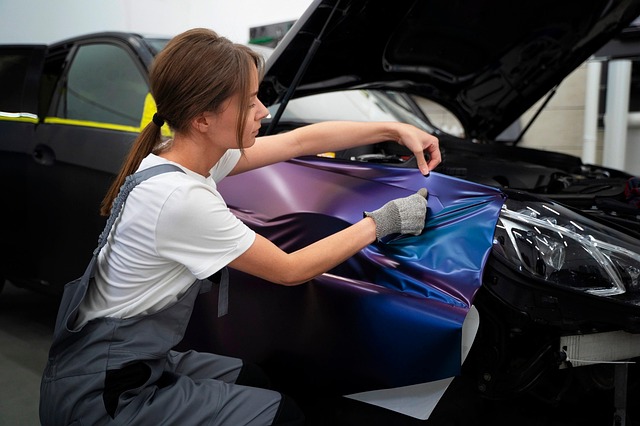
The Tesla adaptive suspension system is designed to provide a smooth, comfortable ride while actively adjusting to road conditions. However, like any advanced technology, it’s not immune to issues. Recognizing early warning signs can help owners address problems before they escalate, ensuring optimal vehicle performance and safety. Unusual noises coming from the front or rear of your Tesla, particularly during turns or over bumps, could indicate worn suspension components. Your car might also exhibit uneven tire wear, visible gaps in the suspension, or a noticeable difference in height between sides.
Vibrations while driving at highway speeds or sudden changes in handling dynamics are additional signs to watch out for. If your Tesla feels less responsive or more difficult to control, it could be a sign of malfunctioning adaptive suspension. Regular auto maintenance and frame straightening can help prevent such issues, but understanding these warning signs is crucial for proactive care. Promptly addressing any suspicious symptoms will benefit both the vehicle’s performance and the overall driving experience.
Common Causes of Tesla Adaptive Suspension Repair Issues

The Tesla adaptive suspension system, while advanced, is not immune to issues. Common causes often stem from unexpected encounters during everyday driving—from hitting a pothole or curb to navigating rough terrain. These incidents can cause misalignment or damage to the intricate components of the adaptive suspension, leading to various repair needs.
One frequent issue arises from auto collision centers where vehicles sustain dents or cracks. These physical impacts disrupt the delicate balance of the adaptive suspension system. Similarly, improper installation or maintenance practices during services like auto glass repair can also cause problems. Regular checks and prompt attention to any unusual noises or handling quirks are crucial to prevent more severe Tesla adaptive suspension repair issues down the line.
Potential Solutions and Maintenance Tips for Your Tesla's Suspension System

If your Tesla’s adaptive suspension is showing signs of distress, potential solutions and regular auto maintenance can help mitigate issues. Regular checks for any unusual noises, bumps, or irregular tire wear are essential indicators. Early detection allows for timely intervention, which could range from simple adjustments to more complex repairs like frame straightening.
Implementing proactive measures, such as adhering to the vehicle’s recommended service schedule and addressing minor issues promptly, can significantly extend the life of your Tesla’s adaptive suspension system. Moreover, considering services like paintless dent repair for any external damage can contribute to overall performance and aesthetics. Remember, prioritizing auto maintenance is key to ensuring a smooth ride and maximizing the lifespan of your Tesla’s advanced suspension technology.
When it comes to ensuring a smooth ride and optimal vehicle performance, regular attention to your Tesla’s adaptive suspension system is crucial. By recognizing the early warning signs discussed in this article – such as uneven tire wear, handling anomalies, or the absence of adaptive ride quality – you can proactively address potential issues before they become costly repairs. Understanding common causes, from sensor malfunctions to fluid leaks, equips owners with the knowledge to maintain their vehicles effectively. Armed with these insights, Tesla drivers can take preventive measures, save on unexpected repair bills, and continue enjoying the advanced technology that makes their vehicles stand out, including seamless Tesla adaptive suspension repair when needed.
